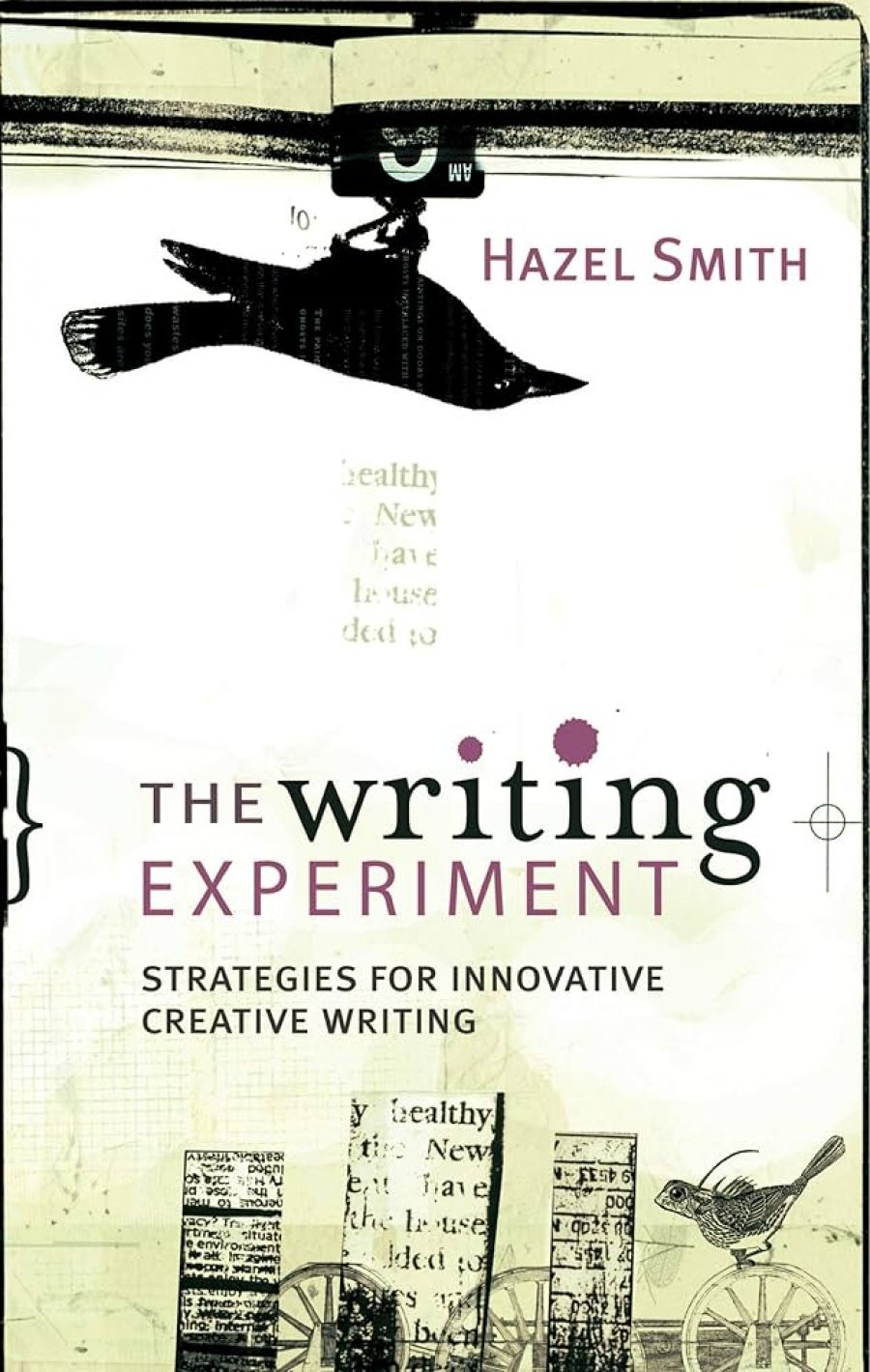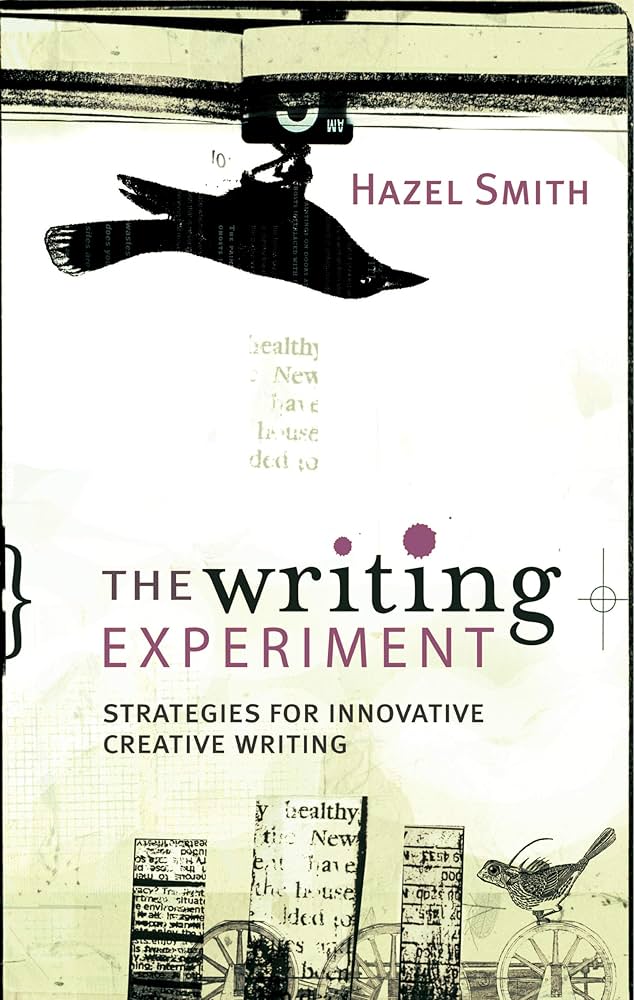
- Free Article: No
- Contents Category: Education
- Review Article: Yes
- Article Title: Word games
- Online Only: No
- Custom Highlight Text:
While it is not immediately apparent from the back cover of Hazel Smith’s The Writing Experiment: Strategies for Innovative Creative Writing, the preface and introduction both make it clear that this book is intended as a textbook for tertiary students at both undergraduate and postgraduate levels. Smith’s book is based on experiences gained over more than a decade as a teacher of writing at the Universities of New South Wales and Canberra; such experience enlivens this book, making it the best creative writing book I’ve seen thus far aimed at the Australian university setting. In many English departments, postgraduate creative writing numbers now exceed those undertaking more traditional research degrees. Even at the undergraduate level, some creative writing electives attract more students than is the case with literature courses, so, on the surface at least, there is a real market for such books as The Writing Experiment.
- Book 1 Title: The Writing Experiment
- Book 1 Subtitle: Strategies for innovative creative writing
- Book 1 Biblio: Allen & Unwin, $39.95 pb, 298 pp
- Book 1 Cover Small (400 x 600):

- Book 1 Cover (800 x 1200):

To my knowledge, this is also the first book of its kind to emerge from within the burgeoning Australian tertiary creative writing scene, and it is also the first to suggest that apprentice writers should engage with literary theory. By that I mean that this is a book written by an academic who is also a major poet, and not, as has been the case up until now, a book by a mainstream author who has been able to balance writing with a little teaching here and there. Up until now, we have had such books as Garry Disher’s Writing Fiction: An Introduction to the Craft (2001) and Kate Grenville’s Writing from Start to Finish: A Six-Step Guide (2001), both published by Allen & Unwin, both splendid ‘how to’ books. I hope that over the next few years we will continue to follow the US example and create more opportunities for writers to take up positions in our writing and English departments. It is likely that there will be more books like The Writing Experiment: books written by writers from within the academy.
The book is divided into two sections: Introductory Strategies and Advanced Strategies. In the first part, there is a clear emphasis on learning about writing through some challenging and entertaining word games and exercises. Many of these exercises give the impression that they have evolved over many years of trial and error, of testing and of debate with colleagues. Some of the materials dealing with writing prose might prove too demanding for some undergraduate students, given that many find writing in one sustained narrative perspective difficult and require a great deal of gentle persuasion even to attempt to write in a voice that is not their own. The better students should find The Writing Experiment both challenging and stimulating, but many will need more time and more background to absorb the advice offered here.
Many teachers will be able to set The Writing Experiment as a book to browse through, using it as a useful source of reinforcement exercises rather than as a text specifically constructed to stimulate the writing of regular assignments. The book’s back cover suggests that it has been aimed squarely at the North American market; there is still no text available for the growing number of Australian tertiary institutions relying on numbers of sessional teachers; a text offering a series of weekly exercises appropriate to the typical Australian semester package.
There are two important issues facing creative writing teachers. The first is having an impact on undergraduate teaching, where we battle to sell the proposition to our students that creative writers should also be creative readers. While many students understand the point, there are many who do not, or who enrol in courses with nowhere near enough reading under their belts. We need anthologies that will do something about this. The range of examples offered by The Writing Experiment makes a real contribution, setting the standard in the References that follow each chapter for some challenging and wide-ranging reading in both prose and poetry.
The second issue has more bearing on postgraduate students. There have been whispers hinting at unease in Canberra about the research component of creative writing degrees, which has certainly made us pay more attention to the requirement for careful and considered exegetical writing, especially when the creative work is autobiographical. I would have liked The Writing Experiment to deal more obviously with this issue: how creative writing students can be encouraged to reflect on their practice. There seems to be an assumption in The Writing Experiment that the students at whom this book is aimed are not only widely read in the contemporary avant-garde but also have a grand passion for post-structuralist theory. If only.


Comments powered by CComment